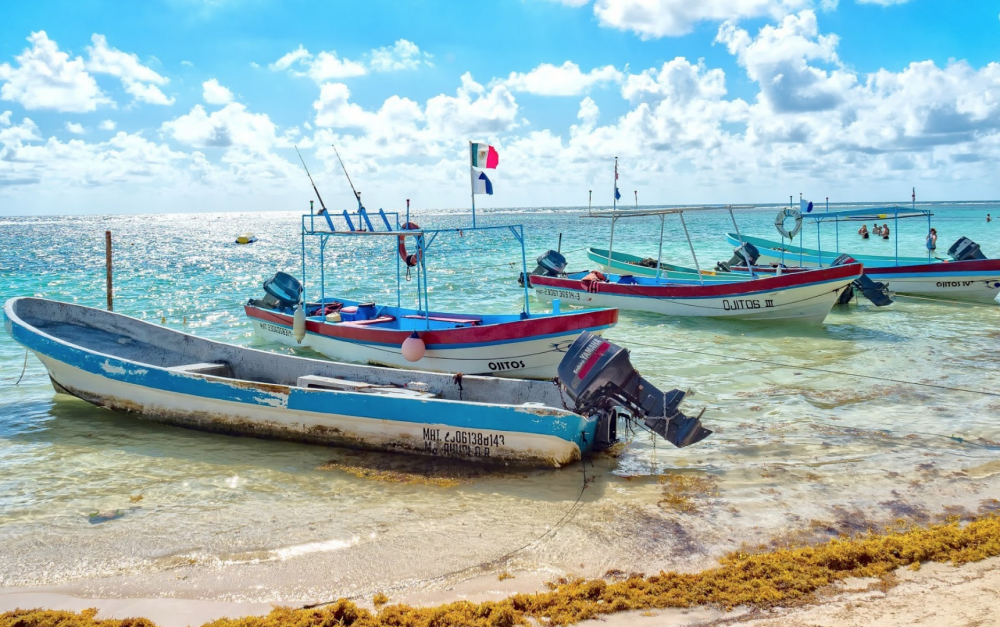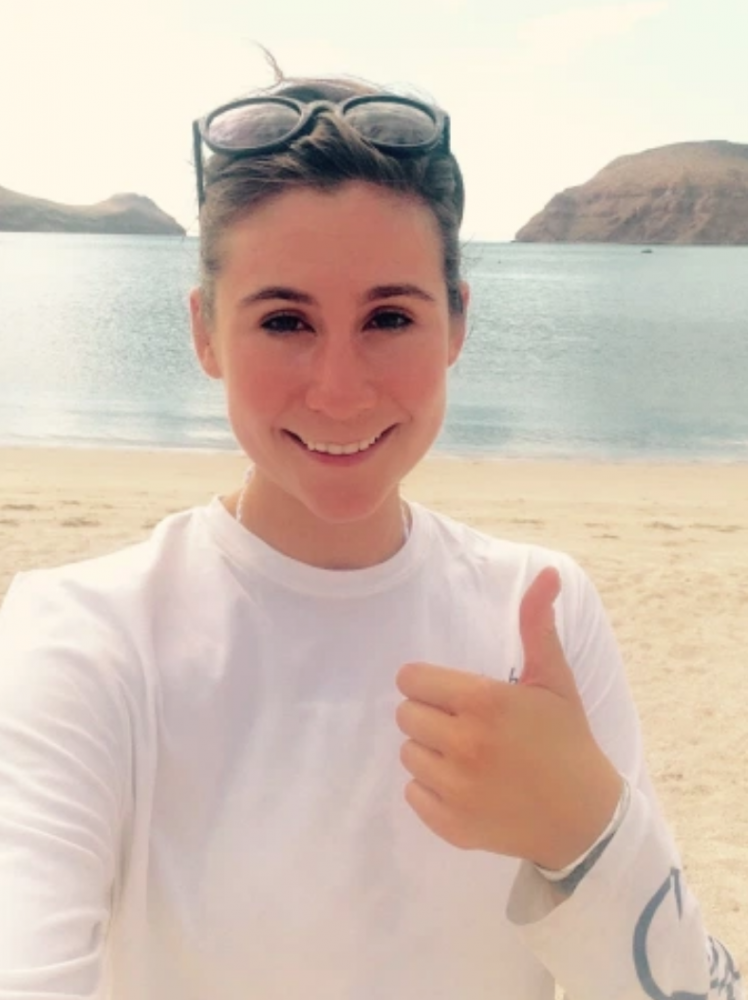
Feedback Loops in Marine Protection

When it comes to shared resources, management often comes from the top down. But recent research shows that involving and empowering the communities that rely on these resources in an iterative process is critical to successful management.
Including these stakeholders will be crucial to realizing the growing global movement to protect 30% of the ocean by 2030. Now, over 70 countries support the “30x30” campaign, as do a host of non-governmental organizations (NGOs) and communities around the world. Marine protected areas (MPAs) serve as one of the primary conservation tools for achieving this goal, and there is a growing need to explore and understand MPA management strategies and models.
Research co-led by Anastasia (Tasha) Quintana at UC Santa Barbara and Alfredo Giron-Nava at Stanford University investigated feedback loops for community-based conservation in northwest Mexico. Their results suggest that adaptation, learning and trust within fishing communities contribute to a greater and growing impact — positive feedback loops — for conservation and fisheries management. The paper, published in the journal Frontiers in Marine Science, is part of a special issue focusing on the work of early career researchers.
“We have been trying to build an interdisciplinary collaboration where ideas from a social scientist and a natural scientist can work in harmony,” said Giron-Nava, a Hoffmann Fellow at the Stanford Center for Ocean Solutions. “This is an example of how an increasingly interdisciplinary community of young researchers can break through some of the scientific silos that have existed for a while and address problems in a different way.”
Fishing communities in Baja California, Mexico have designed and renewed a network of temporary no-take fishing refugia, aimed at rebuilding fisheries. Qualitative interviews with fishers found a range of perceptions regarding refugia design. “For fishers, they’re trying to make a living. The long-term conservation of the fishery is in line with their objectives, but they’re much less wed to the concept of a strict MPA or the concept of marine reserves,” explained Quintana, a National Science Foundation postdoctoral fellow at UC Santa Barbara’s Marine Science Institute. “In the case of the refugios, they’ve been able to develop a fluid conceptualization of what they are and to take control of their fisheries.”
The team developed a conceptual model that takes into account both social and ecological factors. This provided insight into the factors that made for a successful fishing refuge.
“For the communities that had the biggest designs — with the largest, most ambitious MPAs [...] and that even expanded in the second iteration — the common characteristic was that they had a strong leader,” said Giron-Nava. “We learned that strong leadership was the key to successfully implementing ambitious plans.”
While strong leadership, trust and empowerment in a community can benefit MPA design, the model also predicts negative feedback loops and a danger of decreasing trust. The authors want to explore these factors to better understand when and how loops break as well as how to promote trust if an MPA falls into a negative spiral.
As the researchers explained, MPAs can serve as dynamic tools for fisheries management and conservation, areas that can adapt to climate change and shifting needs. Importantly, an adaptive management process can prioritize the participation of fishing communities. Small-scale fishers bring comprehensive and intergenerational knowledge of their ocean and coastal ecosystems, which informs their leadership in participative management processes.
“There’s this idea of biosphere stewards, which is the idea that the people who depend on a resource are the closest to the ground and the most invested,” said Quintana. “Policymakers who want to protect the ocean should think seriously about how they can empower fishers, as biosphere stewards, to protect their own seas.”



